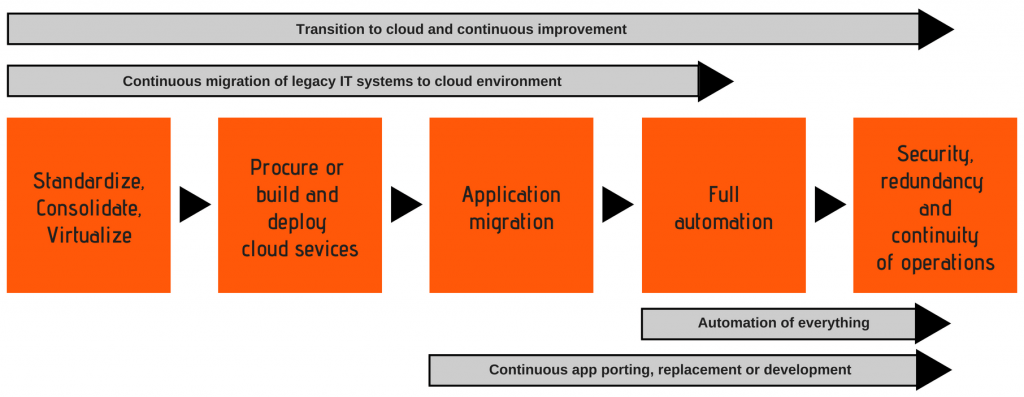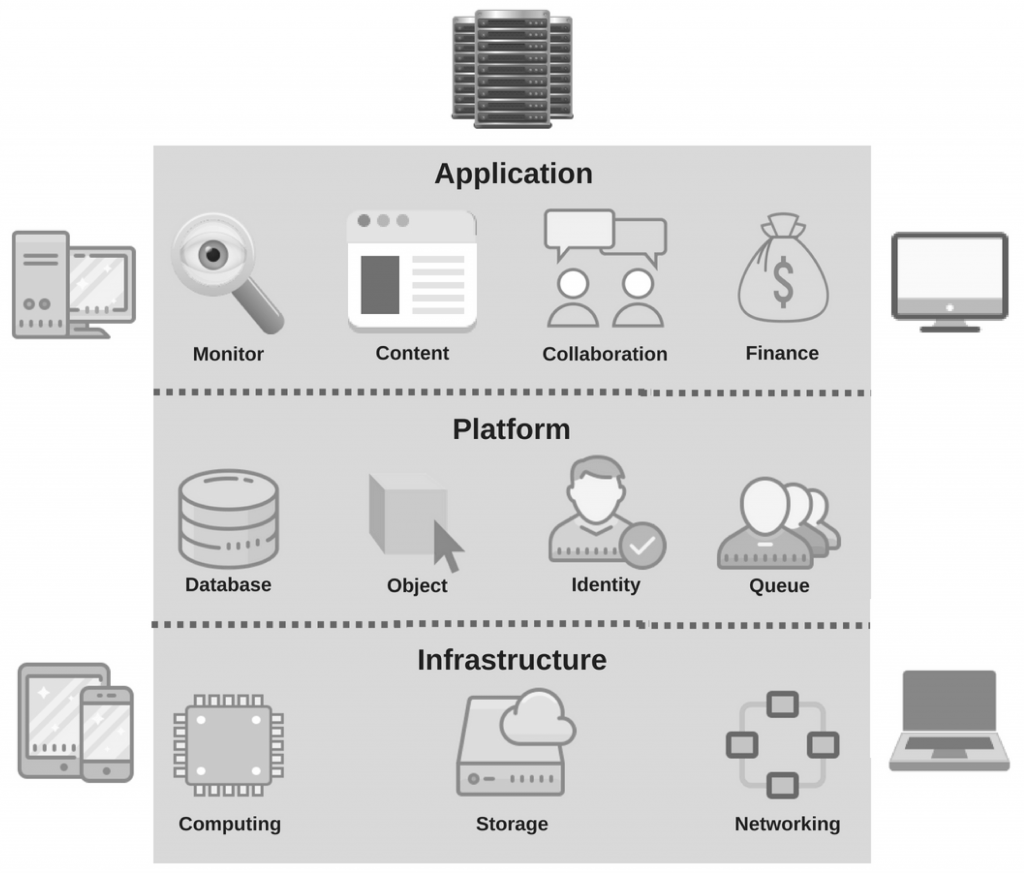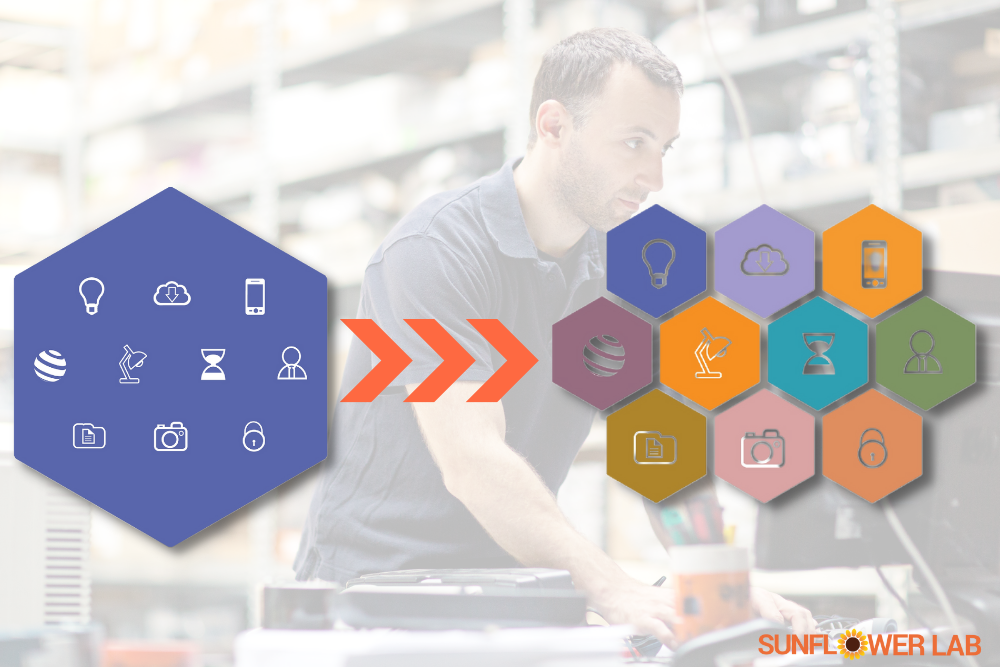Three core digital transformation aspects that businesses should focus upon to make their transformation process successful.
Big data, IoT and Cloud are firmly established trends for transforming businesses digitally and should form the core components of your digital transformation strategy. To capitalize upon the benefits offered by these technologies, companies should first ensure that their infrastructure possesses enough capabilities to consume them in the best possible manner.
Customers value smooth and enjoyable user experience and IT departments should ensure they can scale up the performance levels of business processes, where required, to meet their expectations. The digital transformation has no fixed endpoints and can extend indefinitely since technologies always keep on updating themselves, and client too keep on demanding more and more in terms of business automation to retain their competitive edge.
Therefore, the role of next-generation business-centric digital processes should be to first analyze the buyer’s journey (awareness, consideration, and decision-making stages) and subsequently support the user’s journey (the interactive experiences designed to guide and convince customers to buy your product).
To be transformative, organisations should do three things:
- Embrace the cloud
- Commit to a well-designed cloud architecture
- Track and measure progress against business objectives
1. Transforming to cloud computing
The financial and business related advantages of transforming existing processes to cloud computing are widely accepted, and businesses can benefit hugely by doing so. However, most businesses are still unaware about the latest cloud-based innovative processes that can disrupt their business processes and enhance ROI levels. Change agents and IT consultants spanning various IT verticals are aware about this disparity and believe by bridging this knowledge gap, they can convince potential businesses to transform to the cloud.
According to the Riverbed Future of Networking Global Survey 2017, about 67% of decision makers feel their legacy infrastructure is holding them back from adopting the cloud.
Businesses transforming to cloud computing can benefit from agile work processes and make use of various types of microservices to speed up the development process. They can better their in-house and other processes that can streamline business operations and enhance their investment returns.
2. Designing a sound cloud architecture
When it comes to processing power and rendering feature functionality to end users, it is mainly the hardware aspects of your IT infrastructure that govern end user experience levels. The better the experience, the greater is the chance of converting prospects into sales. The cloud helps to eliminate the hardware barrier.
When you opt for cloud architecture, you can avail a host of microservices that can automate and streamline your business processes. You not only save upon development costs, in addition, you can also reduce your turnaround times while developing and maintaining your cloud based systems.
Unlike a “siloed” approach, with the cloud, you can have a server farm that you can reach out to and acquire services necessary to automate your unique processes. It’s much easier to manage your requirements because you can selectively add or decrease services as per your need. For example, you have the option to add more servers to your architecture as and when you need more processing power to handle peak time online visitors, and subsequently reduce the number of servers when the traffic thins out. Most importantly, cloud platforms such as AWS can do this automatically for you making it very easy for you to handle server-provisioning activities.
From the application development perspective, one of the major benefits is you can have quicker deployment of new applications. You’re not dependent upon an infrastructure support team to start a new stack of services for your development team. It’s much easier to scale existing systems and respond dynamically to changing market trends by updating your microservices systems.
The key takeaway is you need to design sound cloud architecture to reap cloud-computing benefits.
3. Measuring your digital transformation
Systems can be improved upon only when they’re monitored in terms of what results they deliver. It is important to keep track of digital processes, irrespective if they’re cloud based or monolithic, and constantly monitor the deliverables for their quality.
Goals can help to monitor your digital processes. Three important aspects should be ideally considered to measure your digital transformation success:
- Establish a clear set of business objectives
An objective to improve customer experience is not enough to guide a set of activities and invite stakeholder investments. You need to set up goals or objectives that eventually relate to investment returns and which can be quantified so they can be measured in terms of their growth.
- Track digital processes adoption
In any organization, there are buy-in and opt-outs of processes. Some people accept change management and adopt new processes easily and quickly, while some don’t. Since most digital processes focus upon stimulating ROI generation, it is important to have maximum opt-ins to get the most out of those processes.
Management needs to track how people adopt digital processes and how efficiently they’re using them.
- Monitoring ROI
The final goal of digital transformation is to disrupt business processes and churn out higher ROI. Therefore, proper metrics to measure ROI growth should be identified, set up and tracked on a continued basis to ensure business growth is occurring in the right direction, in the right manner and at the right time.
Conclusion
Digital transformation is beneficial, but since it is a process, it has to be done in the correct manner to reap the benefits of digitization. There are many aspects to digital transformation. If businesses can successfully address the three core digital transformation components mentioned above, they can benefit greatly from their digital transformation process.
You might also like
Stay ahead in tech with Sunflower Lab’s curated blogs, sorted by technology type. From AI to Digital Products, explore cutting-edge developments in our insightful, categorized collection. Dive in and stay informed about the ever-evolving digital landscape with Sunflower Lab.







